Cork History: A look back at the Port of Cork over the decades
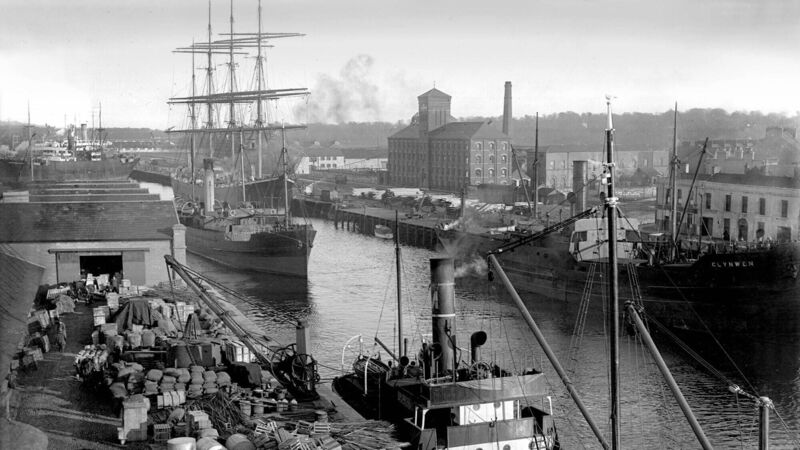
A busy docklands scene at Custom House Quay, Cork in the 1920s.
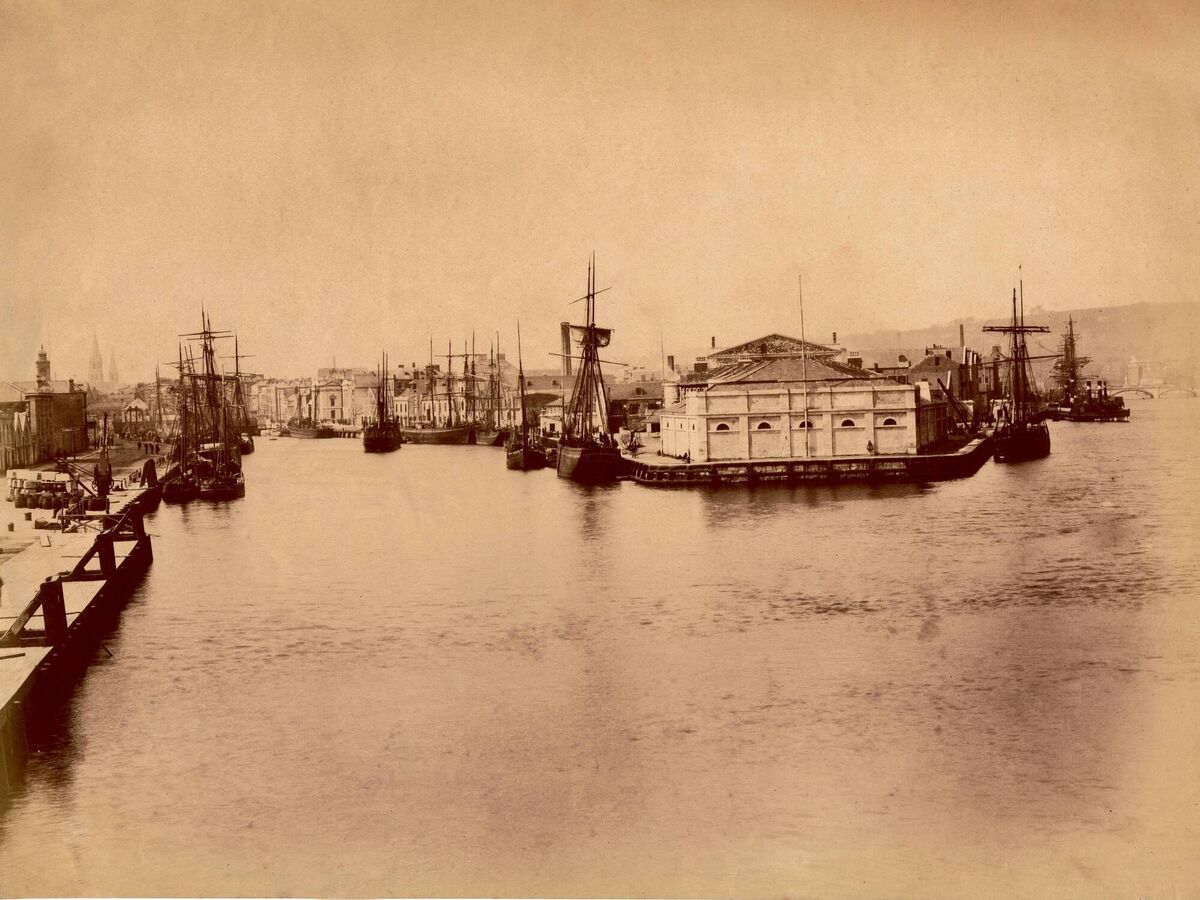
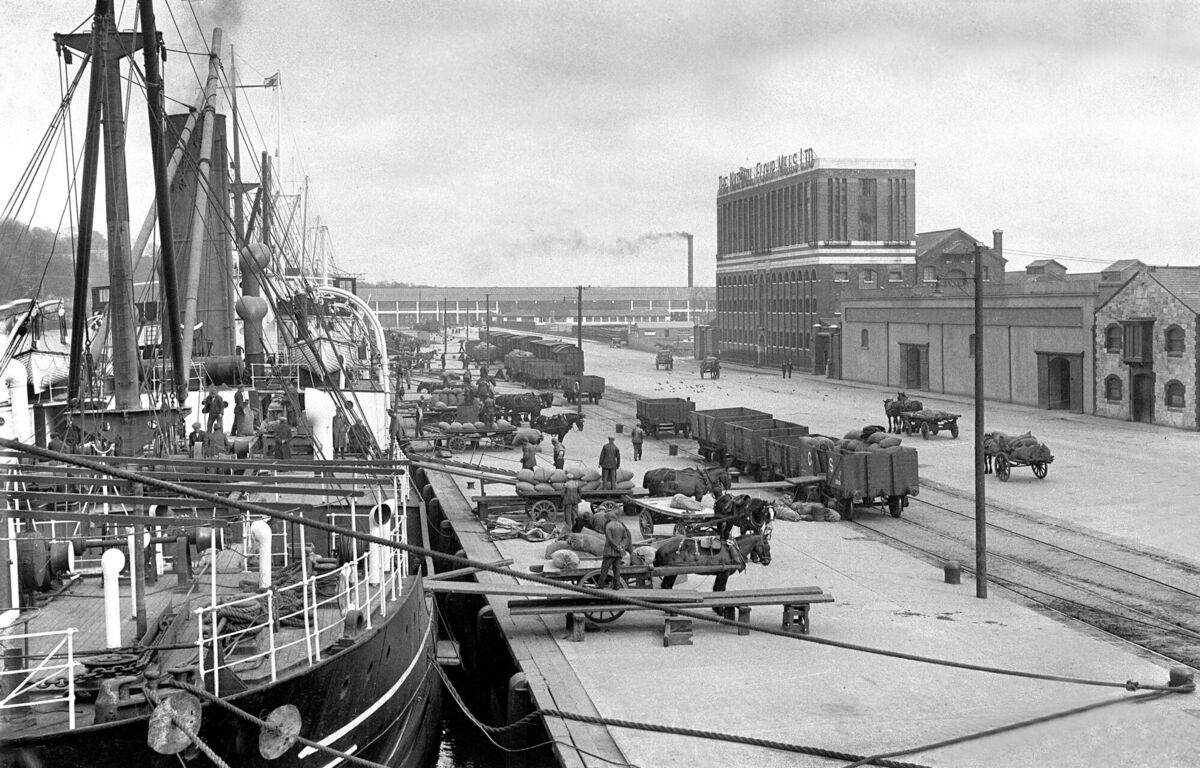
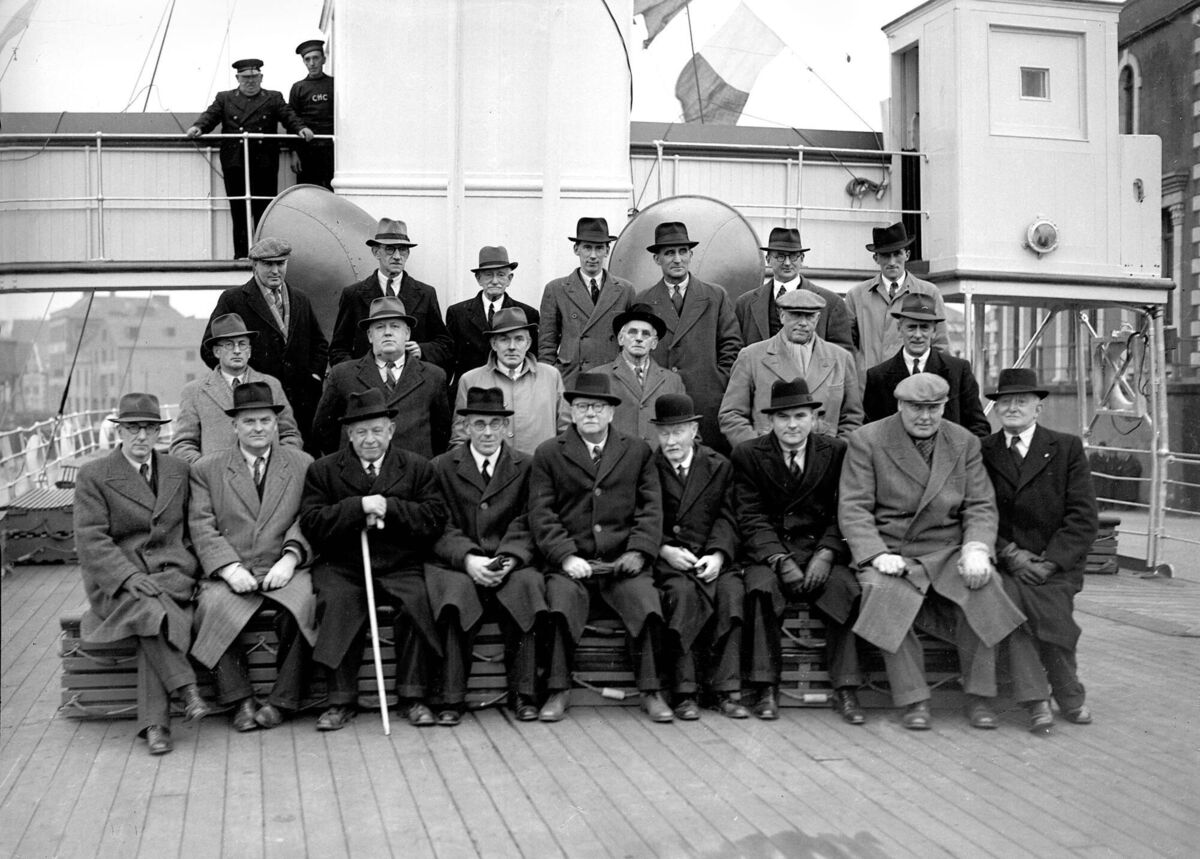
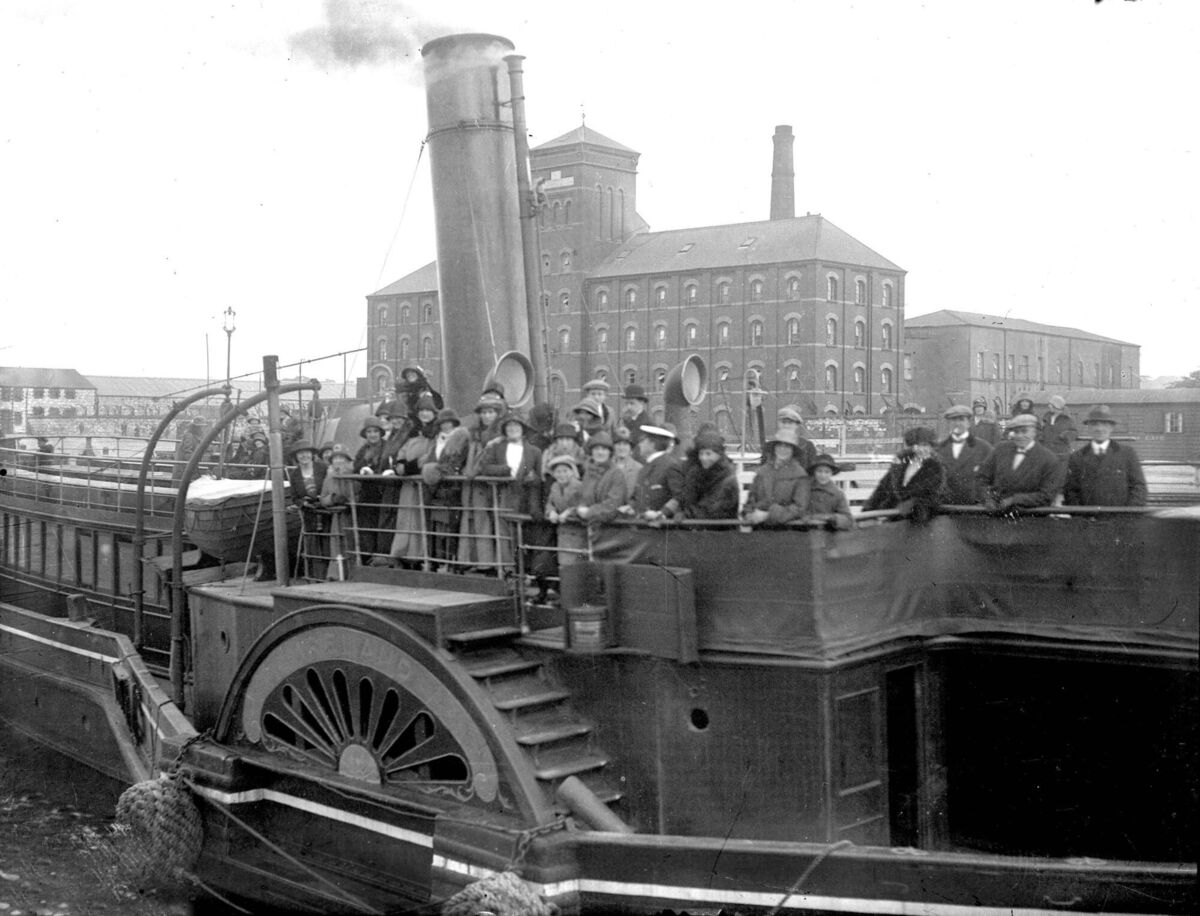

A busy docklands scene at Custom House Quay, Cork in the 1920s.
THE Port of Cork waved goodbye to the last liner of the season this week, as the MS Borealis cruised out of Cobh on Tuesday evening.
In what marked a busy year, the Port of Cork Company (PoCC) welcomed over 115,000 passengers to Cork, on 90 cruise ships which docked up in the harbour.
Conor Mowlds, Chief Commercial Officer at the PoCC, welcomed the success of the 2022 cruise season in Cork, which nearly reached pre-pandemic levels of 100 cruise ships per year.
“We made many strides in rebuilding the sector to pre-pandemic levels and the outlook for 2023 is even more positive - with in excess of 100 vessels scheduled to call to the Port of Cork so far,” he said.
The news of the successful cruise season came as earlier this month PoCC held public consultations on its ‘Port Masterplan 2050’ in a number of locations.
A major focus of the plan is for the PoCC to completely vacate the city centre by 2030, and vacate Tivoli by 2040, migrating all activities down to the lower harbour areas of Marino Point, Cobh, and Ringaskiddy.

This week’s Nostalgia takes a brief look back at the history of the Port of Cork. On his website, Cork Heritage, historian and Independent councillor Kieran McCarthy describes the long-standing importance of port trade in Cork.
“Ever since Viking age time over 1,000 years ago, boats of all different shapes and sizes have been coming in and out of Cork’s riverine and harbour region continuing a very long legacy of trade. Port trade was the engine in Cork’s development,” he describes.
By the late 1800s, Mr McCarthy said the port of Cork had become “the leading commercial port of Ireland”.
Previously, the navigation and port facilities of the city and harbour were managed by the Cork Harbour Commissioners.

PoCC, on its website, states that the Cork Harbour Commissioners were in existence for almost 183 years from 1814 until 1997. In 1904 the Harbour Commissioners moved into Custom House on Custom House Quay which had been designed by William Hargrave in 1881.
Two years later, in 1906, the Harbour Commissioners built an extension to the building which consisted of an elegant boardroom and overhead offices.

Following the Harbours Act in 1996, all re-valued assets of the Commissioners were transferred to the Port of Cork Company, the new statutory authority responsible for the management, control, operation and development of the Port of Cork in accordance with the Harbours Act 1996.
PoCC also states that Cork was the first port in the country to set up a planning and development department. By the early 1970s, this produced the Cork Harbour Development Plan in which a blueprint was designed for a future which would include sites such as that at Ringaskiddy.
PoCC said while the Harbours Act of 1996 changed the port’s relationship with the government “it continues to work with the Department of Transport, so that, while a significant economic entity itself, it maintains a national profile in terms of strategic planning”.

Presently, the Port of Cork is the second largest port in the State in terms of turnover, handling all cargo types including lift-on lift-off, bulk liquid, bulk solid, break bulk, roll-on roll-off and cruise. It recently made history with the launch of its €89m container terminal in Ringaskiddy, which marked the single largest investment in any piece of port infrastructure in the history of the State.
Keep up-to-date with the top stories in Cork with our daily newsletter straight to your inbox.
Please click here for our privacy statement.
Have you downloaded your FREE  App?
App?

It's all about Cork!
Add Echolive.ie to your home screen - easy access to Cork news, views, sport and more